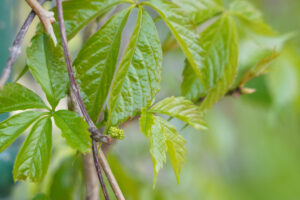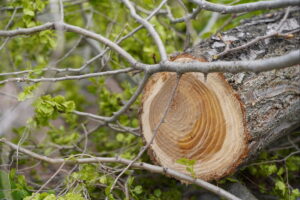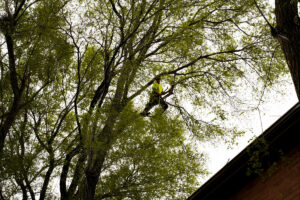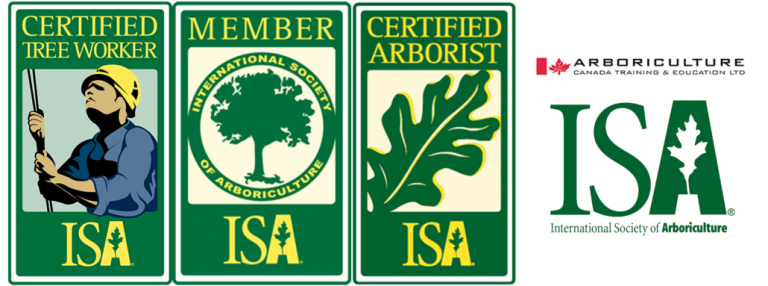Newmarket Tree Care Specialist\’s Advice on Evaluating Trees at a Nursery
Owning a healthy and trouble-free tree starts with its selection at the nursery. The wrong choice can mean owning a tree that dies before reaching maturity, or becomes structurally weak as it grows larger. To avoid future problems, follow these eight suggestions:
Visually scan the tree
Look for green and healthy leaves. They shouldn\’t be undersized, yellowed, or falling off. Check for dark patches on the bark and for insect infestation. Does the tree appear lopsided, or the branch growth one-sided?
Look for a single straight tapered trunk
A tapered trunk has the strength to support the weight of the tree above it. The lowest part of the trunk supports the most weight while the highest supports the least, and the taper should reflect this. The strongest trees also have straight trunks. A bent or crooked trunk results in an imbalanced tree. In addition, the bends themselves are highly stressed.
Check the tree top for a single straight leader
Future tree growth occurs at the top leader. If the leader bends at an angle, then tree growth will proceed at the same angle. Several leaders coming from a single point means that multiple trunks will join at this point. A tree with several trunks is structurally weak.
Look for well-distributed branches
Look for well-distributed branches along the trunk. The lower branches eventually drop off as the tree grows larger. However, their purpose is protecting the trunk from sunburn. They also stimulate wider trunk growth, which increases strength.
Look for branches that are thinner than the trunk
Branches nearly half as thick as the trunk or greater, turn into multiple trunks later in the tree\’s life.
Check for branches that join the trunk at a sharp angle
Branches joining the trunk at an acute angle (forms a sharp Vee) will develop bark inclusions at the join. These joins are weak and may break apart during a storm.
Look for wounds or scars along the trunk
These are caused when thick branches are pruned at the trunk, or at contact points between the stake and the tree.
Check for healthy roots
Healthy roots grow outward from the trunk\’s bottom. This outward growth gives the tree a stable and strong base. Thick roots with bends in them that point upward or downward will continue to grow in these directions. The same is true of thick roots growing in a circular pattern around the trunk. These undesirable growth patterns give the tree a smaller root spread, which makes the tree vulnerable to high winds.
If you have questions about proper tree care or require assistance from a Newmarket tree care specialist, Advanced Tree Care can help. You can follow along on Facebook and Instagram, or you can contact us here if you have any questions.





